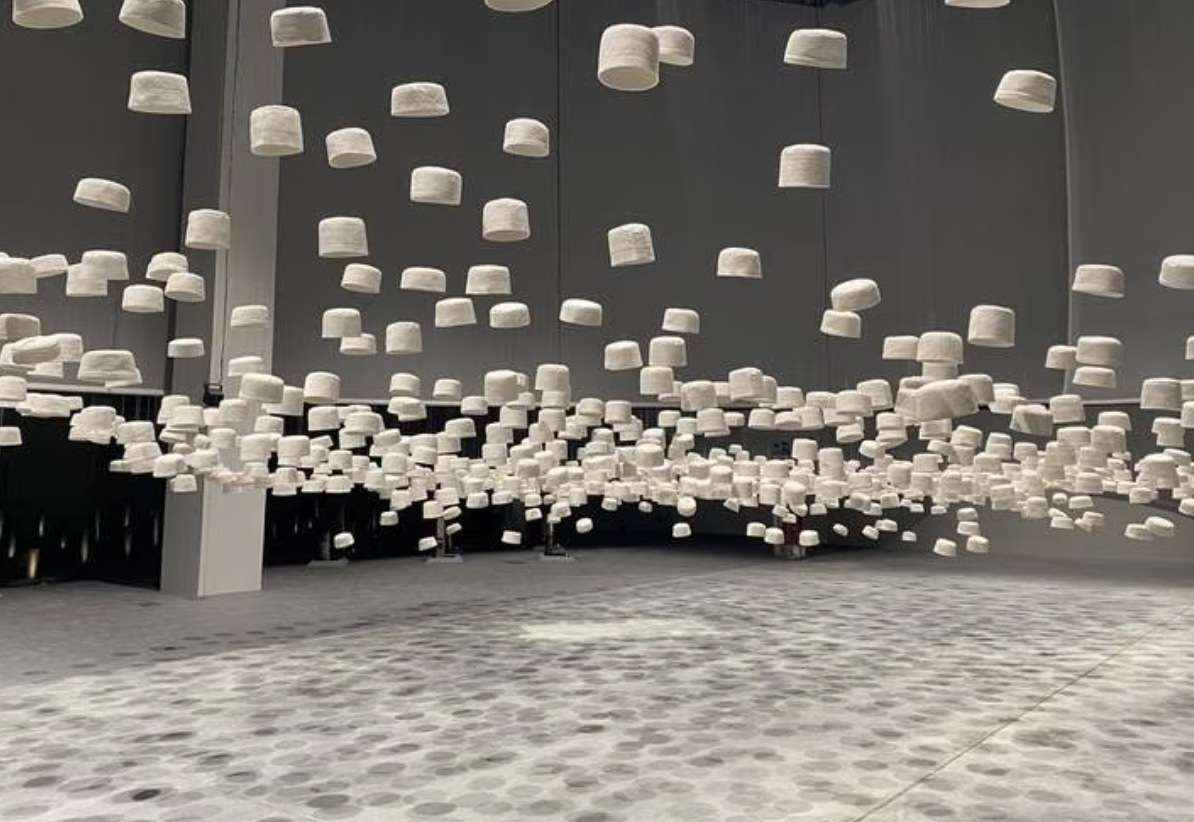The event takes place in the Western Hajj Terminal in Jeddah, designed by Skidmore, Owings & Merrill and winner of the 1983 Aga Khan Award. More than sixty artists from twenty different countries contribute to the event, which is themed 'Awwal Bait' (First Home), in reference to the Holy Ka'bah of Mecca. The exhibition aims to showcase the diversity of the Muslim experience around the world.
The Biennial is curated by an impressive panel of experts: Dr Saad Alrashid, a leading Saudi scholar and archaeologist; Dr Omniya Abdel Barr, Barakat Trust Fellow at the Victoria and Albert Museum; Dr Julian Raby, Director Emeritus of the National Museum of Asian Art, Smithsonian Institution, Washington DC; and Artistic Director Sumayya Vally, Director of Counterspace and Professor at UCL.
"For a very long time, the world has viewed Islamic arts through a very specific lens, which has often restricted or defined its boundaries. With the Islamic Arts Biennial, we are working to broaden that definition and allow for a deeper and more nuanced exploration of Islamic arts." - Farida Alhusseini, director of the Biennale of Islamic Arts.
The programme explores the roles of the sacred cities of Mecca and Medina through a series of contemporary artworks, curated in tandem with previously unseen and, for the most part, unknown Islamic artefacts.
Photo: art piece by South African artist Haroon Gunn-Salie, based on the funeral procession of Imam Abdullah Haron, a Muslim political leader killed by the police during Apartheid in 1969.
